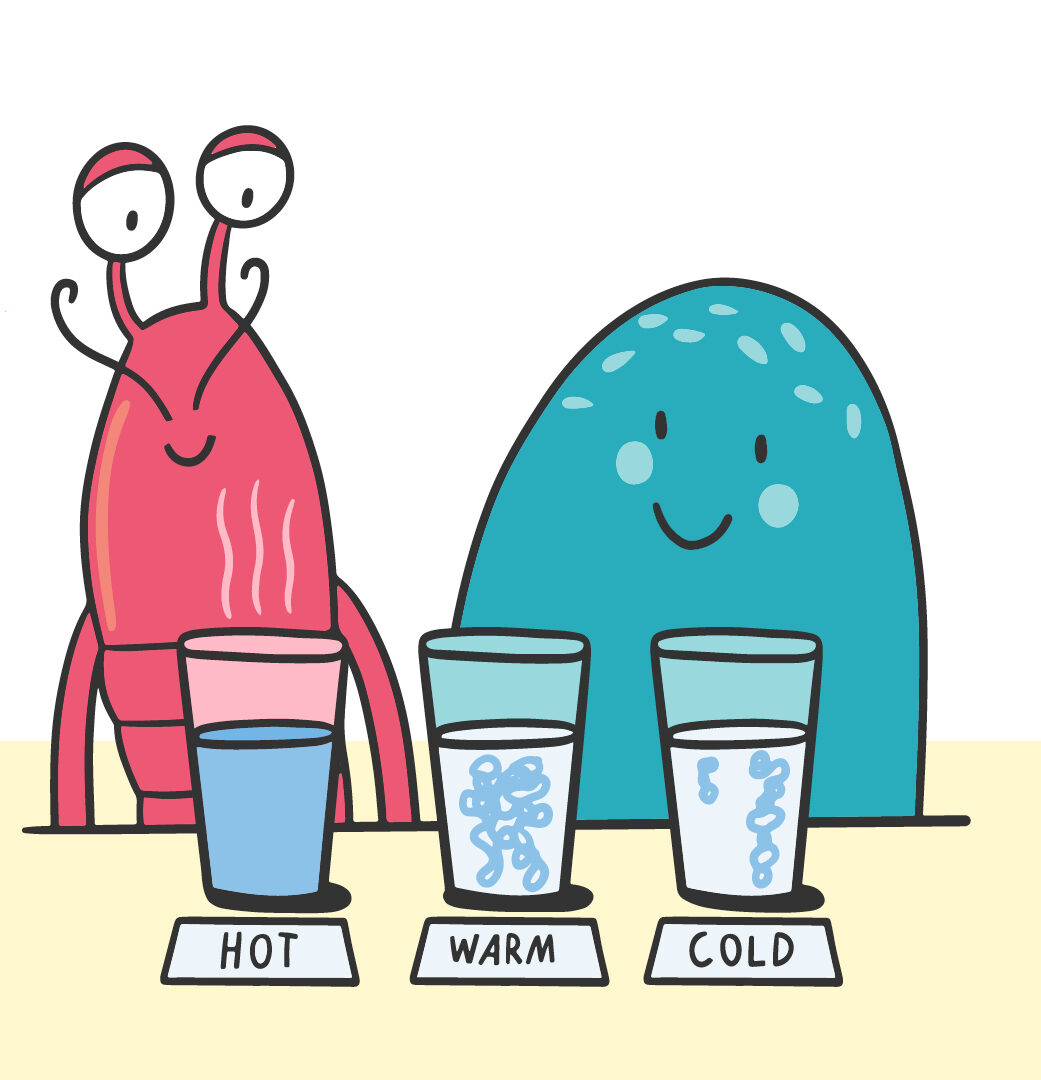
Ah experiments. They’re all fine and dandy until they’re not! Our experiment trouble shooter is here to help.
As you can see from our experiment videos we really dived in (anyone spot the pink mail varnish?) to make sure everything works a treat for you on your experiment adventures!
So if you have a go and some of it doesn’t work, we’re here to debunk why that might be:
Experiment trouble shooter #1: Cool Cleaning Carbon

Find the experiment here
Now. The trick with this one is you want to make the water run through the carbon as slowly as possible. This means you should be using filter paper or a muslin cloth as a minimum. Adding the water slowly and letting it trickle is best.
Also, make sure you’ve picked up activated carbon, and not just plain old carbon! You can easily pick this up online or at pet stores (as it’s used to clean fish tanks!)
Your result with this one probably won’t be super dramatic but if you repeat the process a couple times over it should get cleaner and cleaner every time.
Alterative
Mix some of the solution directly with a couple spoons of the carbon, and give it a good stir. Leave for a 20 minutes so it has plenty of time to intermix.Then try gently funnelling it through into a clear container. This will give the solution a longer time to interact with the carbon.
Experiment trouble shooter #2: Rainbow Celery

Find the experiment here
The most common issue with this one is the colour not developing enough! The trick is to use plenty of food colouring! Use less water to make the solution stronger and add in about 10 drops of food colouring. Make sure to be super patient and leave it for 24 hours.
Experiment trouble shooter #3: Growing Water

Find the experiment here
In our example, we use a milk carton. This is safer than glass, as the thin plastic is able to expand with the water more easily, but this means it’s less likely to split and you’ll need to compare the size with a fridge milk carton.
If you would like the more dramatic result, use either a glass bottle or an unopened can of drink – although only with an adults help. Please put it in a carrier bag in the freezer so you can safely remove it and wear some dish washing gloves just in case so you don’t hurt yourself.
Make sure your drink has fully frozen – this normally takes about 24 hours.
Experiment trouble shooter #4: Rainbow Water

Find the experiment here
Use plenty of food colouring in your glasses. Use the smallest amount of paper towel length as you can to dip into both glasses – this is because the colour will need to travel less distance to reach the water in the next glass making it more likely to work.Make sure to use good absorbent paper towels and fold them a few times so they’re nice and thick. Make sure it leave it for a full 30 or so minutes as it will travel slowly.
Experiment trouble shooter #5: Hot n Cold

Find the experiment here
The trick with this one is using water at the right temperature! Make sure you’ve prepped a good hour in advance by popping a glass of water in the fridge for your cold glass and that you’ve left a glass of water on the side to reach room temperature. This is because water straight from the tap might be cooler than room temperature as it goes through nifty underground pipes where the temperature is much cooler. Oh, and make sure your hot water is, well hot. (Straight from the kettle with the help of an adult!)
We hope that was useful! Why not get back to learning or head back over to the blog?





